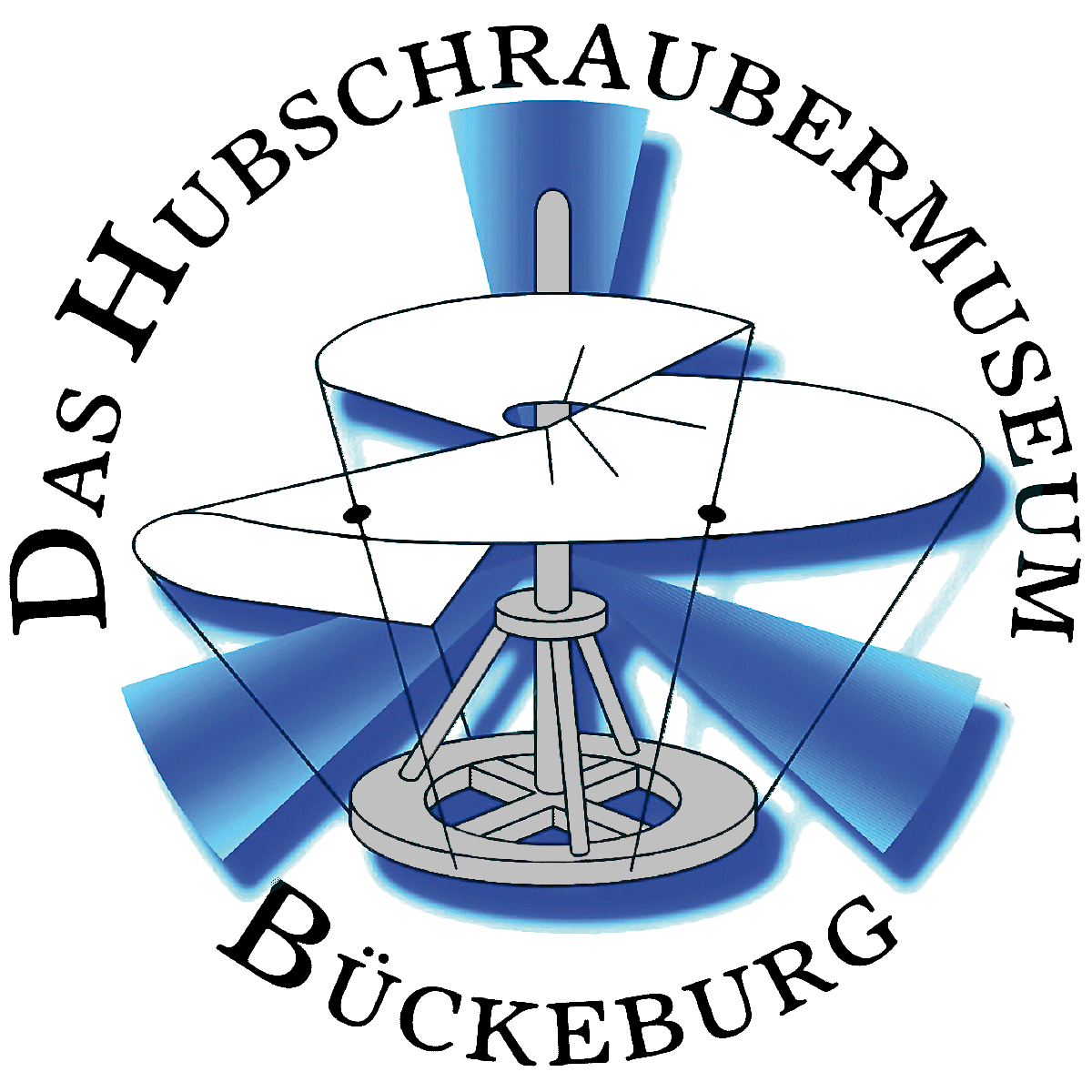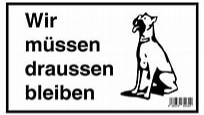Saunders-Roe Skeeter-EN
Saunders-Roe Skeeter
The Saunders-Roe Skeeter was a two-seat training and scout helicopter produced by Saunders-Roe (“Saro”) of Cowes and Southampton, in the United Kingdom. The Skeeter has the distinction of being the first helicopter to be used by the British Army Air Corps.
In 1947 the Cierva Autogiro Company began work on the Cierva W.14 Skeeter, a small two-seat helicopter suitable for both civil use and as a military observation aircraft. The Skeeter was a single-engined helicopter of conventional configuration, with a 29 foot (8.84 metre) three-bladed main rotor and a three-bladed anti-torque rotor mounted at the end of a triangular section tailboom. The crew of two sat in a glazed cabin, with the engine, a 110 hp Jameson FF-1 air cooled horizontally opposed piston engine, mounted behind the crew and under the main rotor. A fixed tricycle undercarriage was fitted.
The first prototype Skeeter, registration G-AJCJ made its maiden flight at Eastleigh airfield on 10th October 1948. The helicopter proved to be underpowered, and the experimental Jameson engine was prone to overheating, so it was decided to develop a Mark 2 Skeeter, to be fitted with the well established de Havilland Gipsy Major 10, giving 145 hp (108 kW).
The Skeeter 2 first flew on 15th November 1949, but it soon became apparent that it suffered from severe ground resonance problems that Cierva struggled to resolve, causing it to be destroyed during ground testing on 26th June 1950. Despite these problems, Cierva received an order from the Ministry of Supply for three improved Skeeters, (two Mark 3 and one Mark 4) for evaluation by the Royal Air Force and Royal Navy. These three aircraft were not completed before Saunders-Roe took over the Skeeter programme from Cierva in January 1951. Testing showed that these aircraft remained underpowered and that the ground resonance problems had not been resolved, causing official interest to be suspended with Saunders-Roe undertaking a long series of company funded tested to identify the causes and to identify solutions to the problems.
The solution involved a redesigned undercarriage and revised blade friction dampers on the rotor head. This allowed Saunders-Roe to finally demonstrate that the ground resonance problems had been fixed with the Skeeter Mark 5 in March 1954. This re-ignited official interest in the Skeeter, with an order for four Skeeter Mark 6s with 200 hp (149 kW) Gipsy Major 200 engines (designated AOP.10 and T.11 by the British armed forces) for evaluation, and finally production orders for 64 AOP.12s, with a 215 hp (160 kW) engine, were placed from 1956, with deliveries starting in 1958.
Text from Wikipedia, the free encyclopedia



